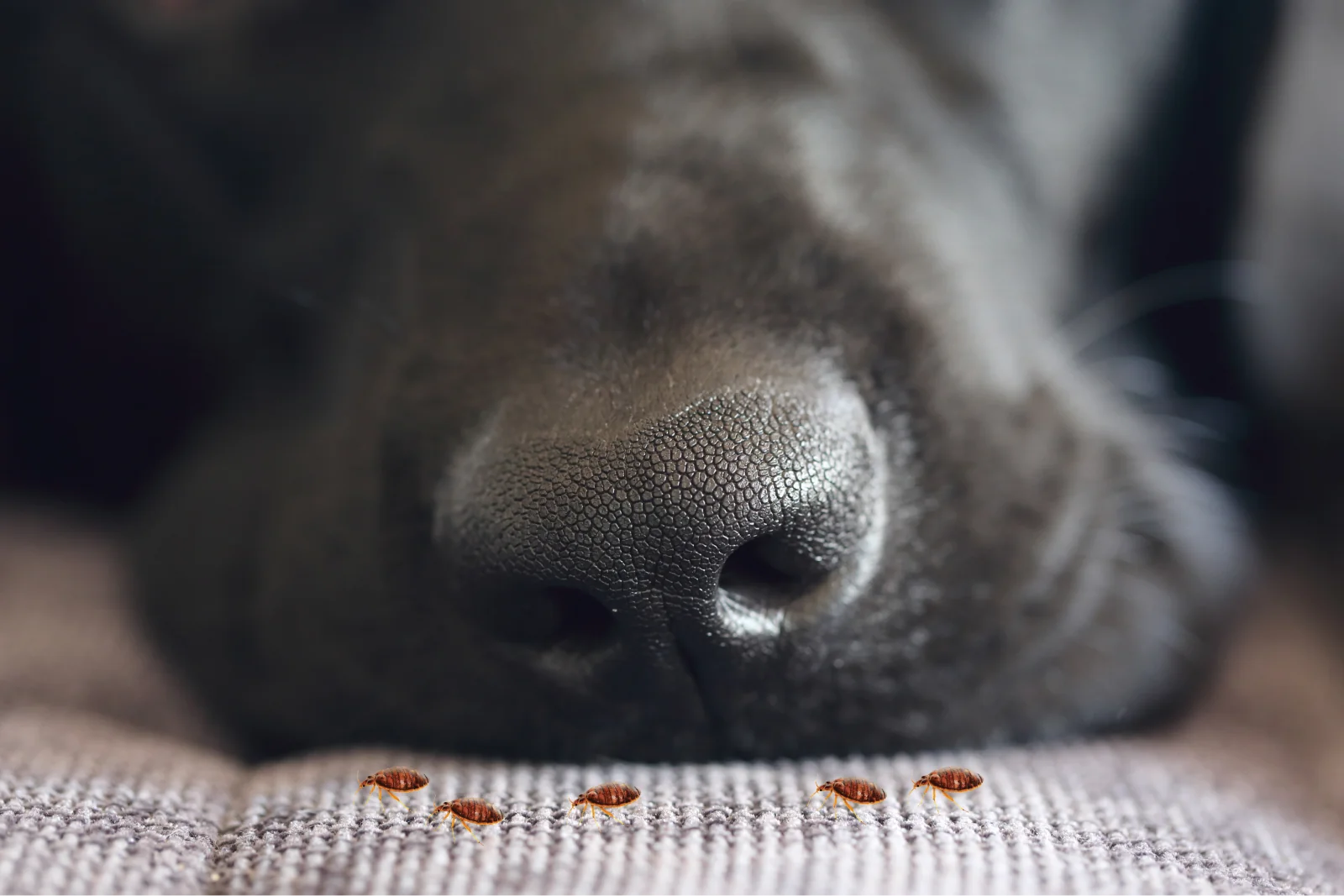Bed bugs are small, elusive, nocturnal insects with a notorious reputation for being persistent household pests. These tiny bugs, typically about the size of an apple seed, are primarily attracted to humans due to the warmth and carbon dioxide we emit, not to mention the convenient access to their food source: blood. One of the most daunting aspects of bed bugs is their ability to go unnoticed for long periods, often making their home in the nooks and crannies of beds, furniture, and even walls or electrical outlets. They are known for their resilience and rapid reproduction rate, making an infestation particularly challenging to eradicate without professional help.
About




















